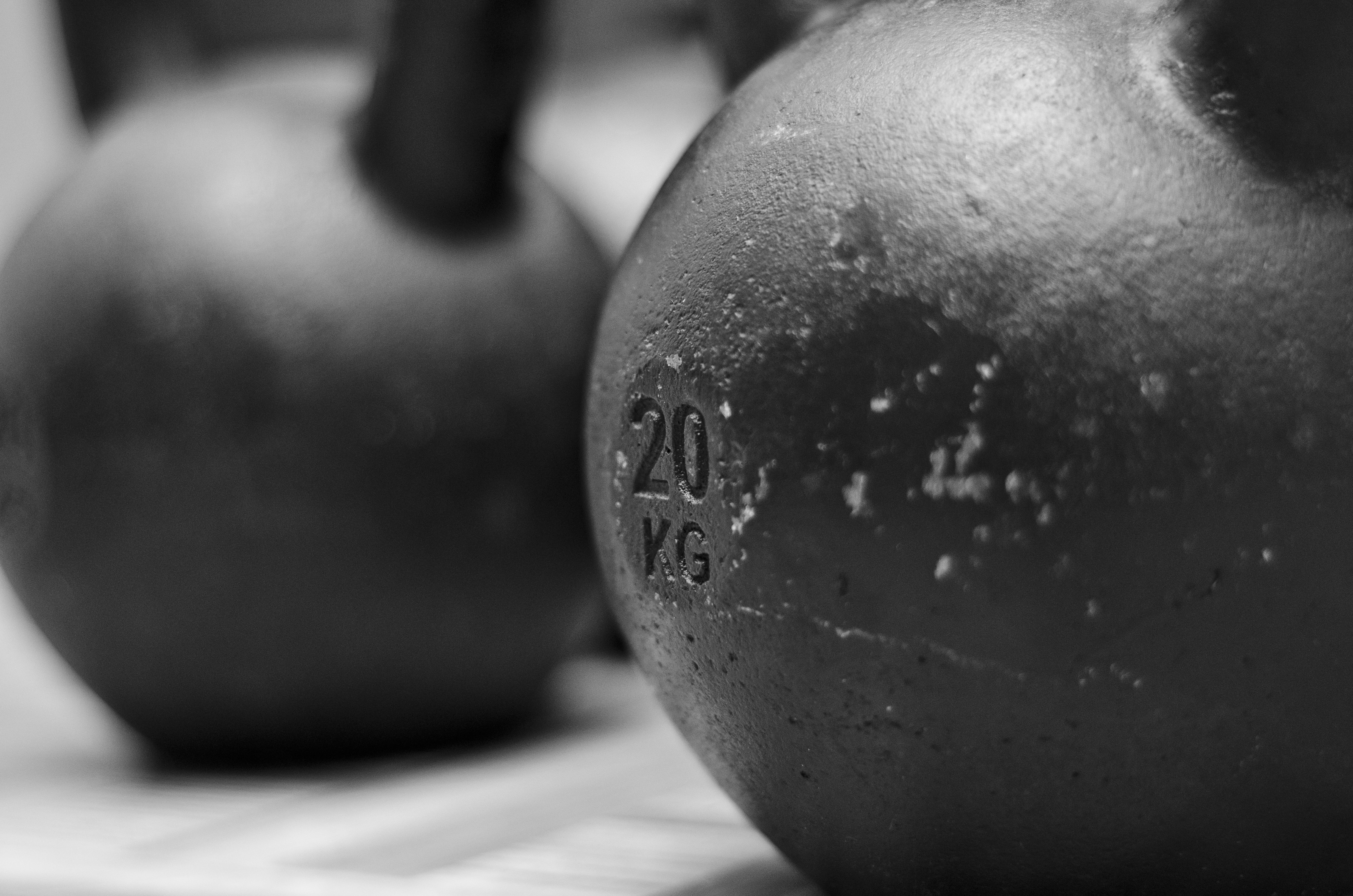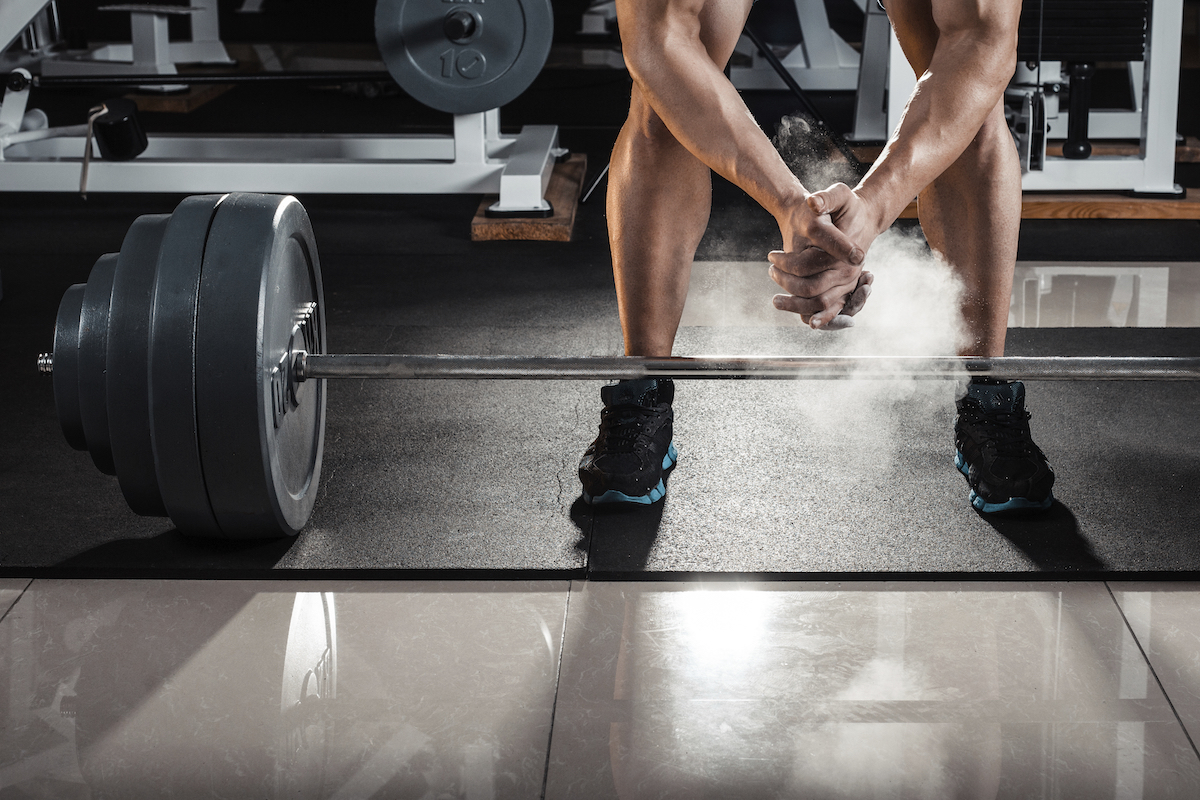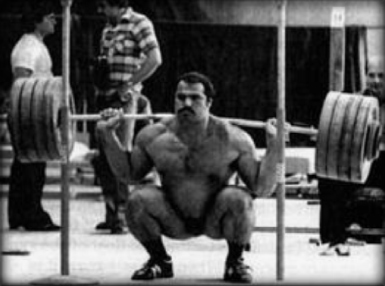There’s been a lot of research and coaching practice over the years changing how we go about warming up for explosive events. Twenty years ago we’d do some light cardio and then stretch out. Today the thinking is that stretching has a negative impact on speed, agility, and power. There’s also thinking that it impacts strength, though this has not been as well researched. A new article in the Journal of Strength and Conditioning Research not only looks at stretching and strength, but also at stretching and volume.
Barroso et al, in the September issue of the Journal of Strength and Conditioning Research, investigated whether different stretching practices had an impact on leg press performance. It’s actually an interesting study design. Subjects performed a sit-and-reach test, then a general warm-up (treadmill), then one of several stretching protocols (no stretching, static stretching, ballistic stretching, PNF stretching), then another sit-and-reach test (to document the effectiveness of the stretching protocol). After all that, the subjects performed a 1-RM on the leg press or a maximum number of reps at 80% of the leg press test. Every subject performed every test and condition on separate occasions.
Subjects were college-aged, strength trained men. Without stretching, they subjects averaged a 1-RM on the leg press of 246 kilograms and could (on average) do 36 repetitions at 80% of 1-RM. The stretching conditions had an impact on the leg press, as you can see below:
| Condition | 1-RM Change | Approximate Reps Change |
| Static |
-2% |
-19% |
| Ballistic |
-2% |
-19% |
| PNF |
-5% |
-22% |
The table is showing the percent change in 1-RM or number of repetitions as a result of the stretching protocols, all of these changes are a decrease. In the article, only the PNF condition had a statistically significant impact on 1-RM, all conditions had a statistically significant impact on number of repetitions at 80%.
There are several things that catch my eye on this study. First, the impact of stretching on volume is very interesting. If this is true, it suggests that stretching could negatively impact the training adaptations from resistance training by potentially lowering training volume. The authors don’t really have an explanation for why stretching might impact volume. Second, a 2-5% reduction in 1-RM from stretching may not be greatly significant in terms of statistics, but it would have an impact on athletic performance and (again) could have an impact on training adaptations in the long run. However, the authors suggest that training status may mitigate some of the negative effects of stretching on performance so that the impact might be worse on the untrained. Finally, something else that really stands out for me; the idea that someone (let along 12 someones, remember that this 36 is the mean – so some did more repetitions and some did fewer) can do 36 repetitions at 80% of 1-RM is amazing. I actually magnified the article and read this several times to make sure that I read the number correctly. 80% of 246 kilograms represents ~196 kilograms.
Barroso, R., Tricoli, V., Gil, S.D.S., Ugrinowitsch, C., and Roschel, H. (2012). Maximal strength, number of repetitions, and total volume are differently affected by static-, ballistic-, and proprioceptive neuromuscular facilitation stretching. Journal of Strength and Conditioning Research, 26(9), 2432-2437.



